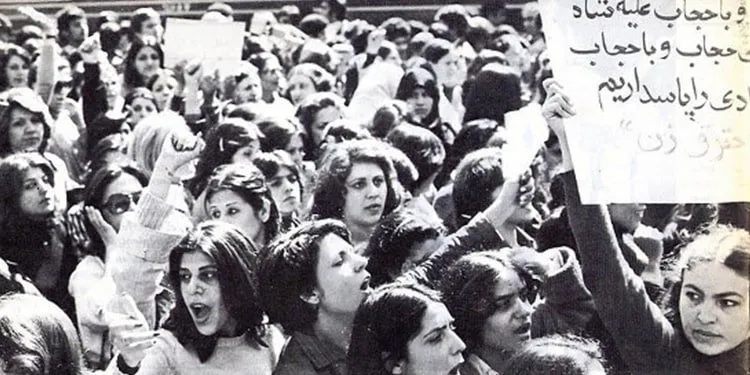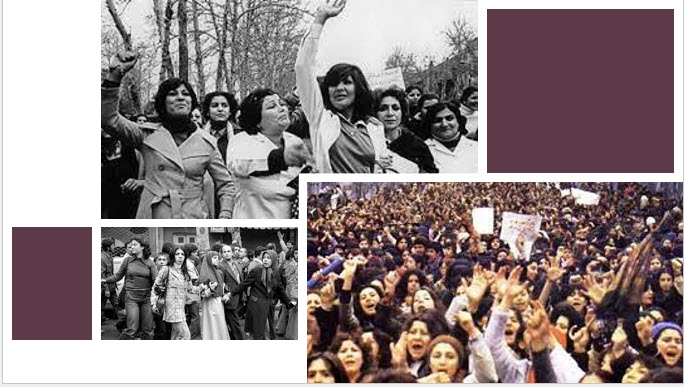
The anniversary of the 1979 Revolution, which destroyed the Shah’s monarchical system in Iran, serves as a reminder of Iranian women’s significant role and impact during that period, which is regarded as a turning event in the history of Iranian women’s struggles. Women’s engagement in the current revolution, and in particular their leadership position in it, is a continuation of their participation in the 1979 Revolution, as well as prior to that.
The willingness of women to be present in the scene and pay a great price, including their lives, has been the most essential measure of their impact as a force of change in any social movement in Iran or elsewhere.
From this perspective, one may examine Iran’s anti-dictatorial 1979 Revolution and the significant role women played in it. And, without a doubt, the presence of progressive women in the Iranian opposition movement, the People’s Mojahedin of Iran (PMOI / MEK Iran), and Fedayeen movements, as well as the social activities of mothers of political prisoners and execution victims throughout the Shah regime’s 1970s reign, influenced that position.

These mothers and families protested the injustices and demanded the release of all political prisoners in front of the Shah’s prisons on a daily basis. Their message of resistance and protest was quickly adopted by the rest of society.
However, the 1979 revolution introduced an unanticipated and disastrous contradiction for women: while Iranian women demanded more freedom and democracy during the revolution, the political power wielded by Khomeini and his super reactionary mullahs not only curtailed existing freedoms but also gradually introduced new policies to further constrain, contain, and restrict women.
The new Islamic government opted to push women back into their homes, making “creating families” their primary task and imposing a tight and mandatory hijab (veil) for all women, even non-Muslim women.

Against Khomeini’s intentions, the MEK published a position statement on “The Hijab Concern” on March 11, 1979, which stated: “… Any type of compulsory hijab is wrong.” Freedom and independence for all parts of society, including diverse ideologies, genders, and ethnicities, should be the message of our revolution… Women’s political, legal, and social rights must not be denied in our movement.”
Iran’s mullahs are notorious for their oppressive and systematic policies towards women. At the same time, Iranian women have demonstrated their ability to demand and effect change. In fact, the Iranian women’s leadership position in social change and revolution is not a coincidence; it is anchored in the last 150 years of struggles for freedom and equality. Iranian women will, without a doubt, be the driving force behind overturning Iran’s religious tyranny.
MEK Iran (follow us on Twitter and Facebook), Maryam Rajavi’s on her site, Twitter & Facebook, NCRI (Twitter & Facebook) and People’s Mojahedin Organization of Iran – MEK IRAN – YouTube








